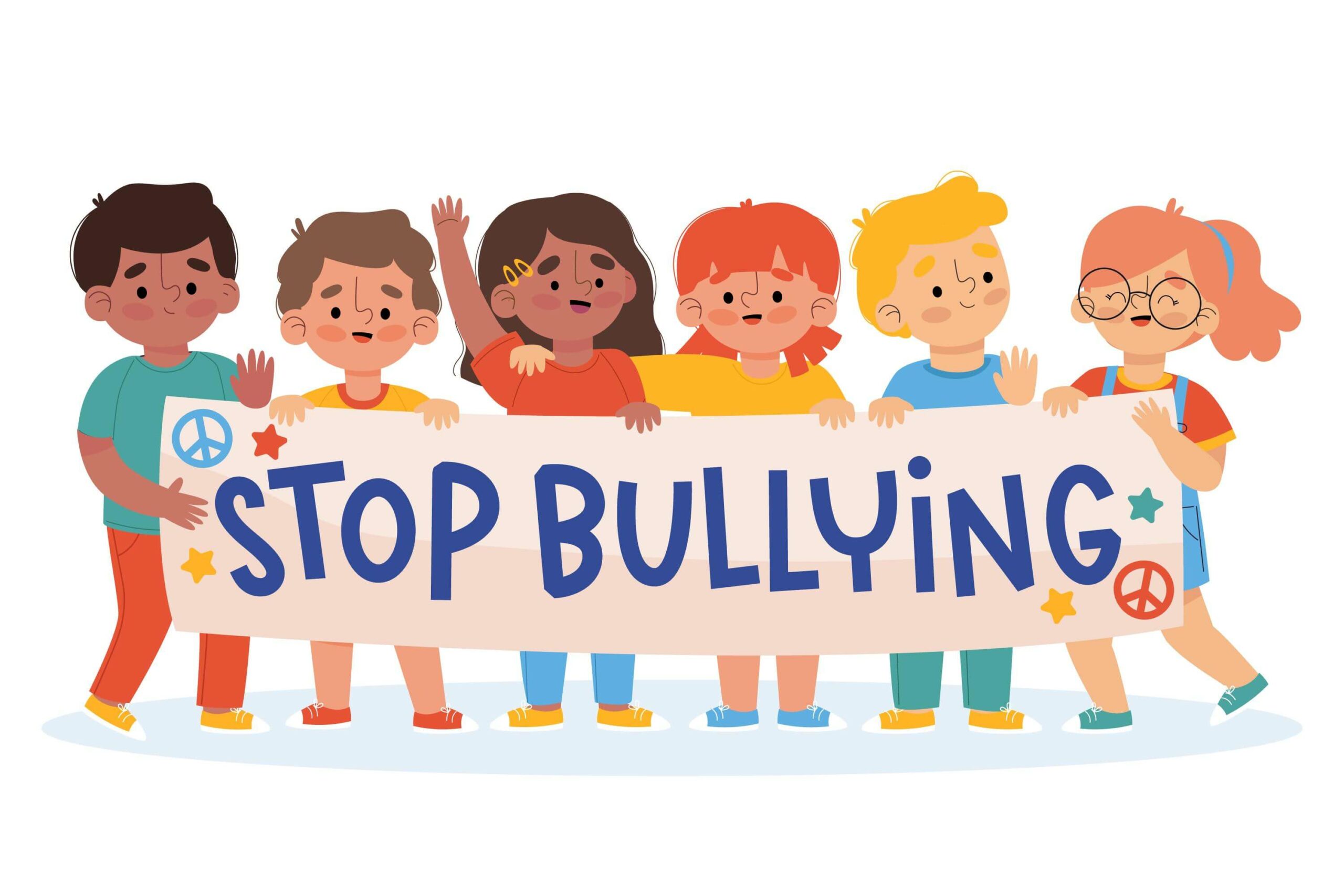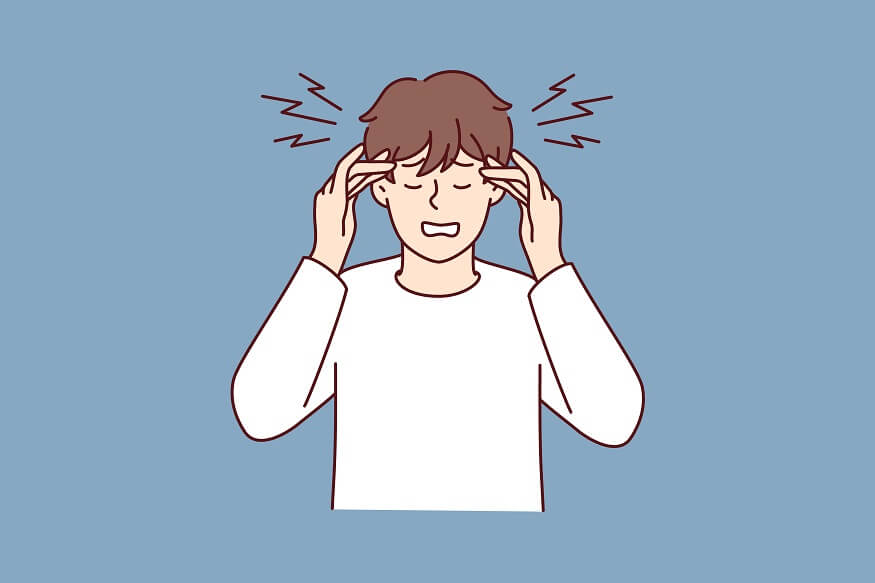Bullying in children refers to repeated aggressive behaviour that is intentional and involves a power imbalance between the child who bullies and the child who is targeted. It typically occurs in the context of a relationship where one child uses their power or perceived power to control, intimidate, or harm another child. Bullying can take various forms, including:
Physical bullying: This involves using physical force or aggression to harm or intimidate the targeted child. It can include actions such as hitting, kicking, pushing, or damaging personal belongings.
Verbal bullying: Verbal bullying includes using words, insults, or derogatory language to belittle, humiliate, or intimidate the victim. It can involve name-calling, spreading rumours, teasing, or making hurtful comments.
Relational or social bullying: This type of bullying is characterised by manipulating social relationships or using social exclusion to harm the targeted child. It may involve spreading rumours, excluding the child from social activities, or manipulating friendships to isolate them.
Cyberbullying: With the rise of digital technology, cyberbullying has become a prevalent form of bullying. It occurs through electronic means such as social media, text messages, online forums, or email. Cyberbullying can include sending threatening messages, spreading rumours online, posting hurtful comments or embarrassing photos, or impersonating someone to harm their reputation.
Bullying can have significant negative effects on the child who is targeted, including emotional distress, decreased self-esteem, depression, anxiety, academic difficulties, and even physical health problems. It is important to recognise the signs of bullying and take appropriate action to address and prevent it.
Also Read: How to Prevent Bullying in Schools
Stop your child from bullying
Addressing bullying behaviour in a child is crucial to ensure that they learn empathy, respect for others, and appropriate ways to express their feelings and manage conflicts. If you’re dealing with a child who is bullying others, the following steps may help:
Address the behaviour immediately: Don’t wait or ignore the issue. The sooner you deal with the problem, the easier it will be to resolve. Be sure to maintain a calm, non-accusatory demeanour. Explain what you’ve observed and why it’s unacceptable.
Understand the reason behind the behaviour: Often, kids who bully others do so because they’re dealing with their own issues. They might be experiencing trouble at home, feeling insecure, or struggling with academics. Try to identify the root cause.
Teach empathy: Empathy helps kids understand how their actions affect others. Encourage your child to consider the feelings of the person they have bullied. This could involve discussions, reading books together about empathy, or role-playing scenarios.
Set clear consequences for bullying behaviour: Let your child know that bullying is unacceptable and there will be consequences if the behaviour continues. These should be proportionate and appropriate, such as loss of privileges or increased responsibilities.
Encourage positive behaviours: Reward and recognize your child when they act kindly and respectfully towards others. This can help reinforce that these behaviours are desirable and beneficial.
Model appropriate behaviour: Children learn from their parents. Model how to treat others with kindness and respect. Show them how to resolve conflicts in a peaceful manner.
Seek professional help: If the bullying behaviour persists, it may be useful to consult a child psychologist or a counsellor. Depending on the severity and underlying causes of the bullying behaviour, bullies may be referred to counselling or intervention programs. These programs aim to address the root causes of the behaviour, provide support, and teach alternative ways of relating to others. Counselling can help bullies develop healthier coping strategies and improve their social skills.
Work with the school: Schools have a responsibility to address bullying. Communicate with your child’s teachers and school administration about the issue and work together on a plan to stop the bullying behaviour. They may have specific policies or intervention programs in place.
Remember, it’s important to maintain open communication with your child. Make sure they feel they can talk to you about their problems, and ensure they understand that bullying is harmful, not just to the victims, but also to the bully themselves.
Also Read: Reasons Why Children Steal: Understanding the Motivations and How to Address Them
Why does a child bully others
Children may engage in bullying behaviour for a variety of reasons. It’s important to remember that each child is unique, and the underlying causes of bullying can vary from one individual to another. Here are some common factors that can contribute to a child bullying others:
Lack of empathy: Some children may struggle to understand or share the feelings of others. They may have difficulty putting themselves in someone else’s shoes, making it harder for them to recognise the impact of their actions on others.
Desire for power and control: Bullying can provide a sense of power and control over others, especially if the child feels powerless in other areas of their life. By exerting dominance over someone else, they may attempt to compensate for their own insecurities or vulnerabilities.
Modelling behaviour: Children learn from the people around them, including family members, peers, and media influences. If they witness or experience aggressive or bullying behaviour, they may adopt these patterns and replicate them in their interactions with others.
Insecurity and low self-esteem: Some children bully as a defence mechanism to protect themselves from feeling vulnerable. They may target others whom they perceive as weaker or different in an attempt to boost their own self-esteem or divert attention from their own insecurities.
Lack of appropriate social skills: Children who struggle with social skills or have difficulty forming positive relationships may resort to bullying as a way to interact with others. They may lack the necessary skills to resolve conflicts or engage in healthy communication.
Home or environmental factors: Certain home or environmental factors can contribute to a child’s inclination to bully. These may include neglect, abuse, inconsistent discipline, witnessing aggression, or being exposed to violence in the family or community.
Also Read: Panic attack in teenagers: Causes, Symptoms, Treatment
It’s important to note that these factors are not an excuse for bullying behaviour. Bullying should always be addressed and not tolerated, but understanding the underlying reasons can help in developing effective prevention and intervention strategies. It’s important to note that the impact on the bully will vary depending on the individual, the severity and duration of their bullying behaviour, and the support and interventions provided to address it. With proper intervention, guidance, and opportunities for personal growth, bullies can have the potential to change their behaviour and contribute positively to their communities.
Euroschool has a zero-tolerance policy on bullying and is committed to creating a safe and supportive environment for all students. We believe that everyone has the right to feel safe and respected at school.










